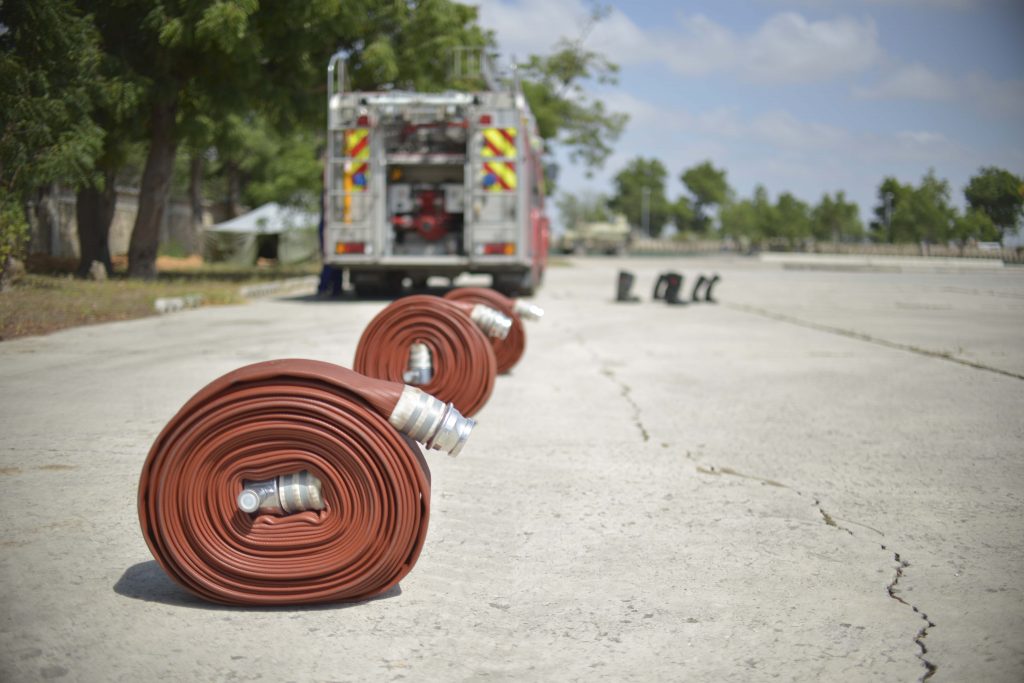
What is the problem?
The physically demanding tasks performed by firefighters place them at high rates for injuries, heart and lung diseases. Cardiorespiratory fitness (aerobic capacity, i.e. maximum amount of oxygen that our body uses during exercise) and muscle strength levels are two important elements of physical fitness. Past studies showed a direct link between better firefighting job performance with higher levels of physical fitness. We measured firefighters’ heart rates and breathing rates during simulated firefighting tasks to see if there is a relationship between physical fitness and task performance during simulated firefighting tasks.
How did the team study the problem?
We recruited a total of 49 firefighters for our study. The Modified Canadian Aerobic Fitness Test (mCAFT) was used to determine the firefighters’ aerobic capacity levels. The firefighters’ upper body strength was measured using a grip strength test, while their lower body strength levels were assessed using a static floor lifting test. The firefighters completed two simulated firefighting tasks (an uncharged hose drag task, and a stair climb with a high-rise pack task) while wearing their personal protective equipment. The firefighters’ heart rates and breathing rates were monitored by the Zephyr BioHarness during the mCAFT and simulated firefighting tasks. We then used different statistical techniques to evaluate firefighters’ physiological responses and understand the association between physical fitness and simulated firefighting task performance.
What did the team find?
The simulated hose drag and stair climb with a high-rise pack tasks required firefighters to work at near maximal heart rates. Higher aerobic capacity levels were associated with faster/better simulated hose drag and stair climb task performance, whereas higher upper and lower body strength levels were only associated with faster hose drag task performance. In addition, combining age, gender, muscle strength levels and resting heart rate, showed to be useful in predicting both the simulated hose drag and stair climb task performances.
How can this research be used?
The study results could potentially be used by fire services to develop suitable conditioning programmes (i.e. both aerobic and strength exercises) that will help improve the fitness levels of Canadian firefighters and potentially improve firefighting task performance.
Cautions
This study measured firefighters’ heart rates and breathing rates during two simulated firefighting tasks. Real fire situations are more complex and may cause different physical responses. We only tested the fitness levels of firefighters from a single service in Ontario who may perform different duties than other fire services. In addition, our male to female ratio was 15:1 so our findings about females are unstable until we test more women.
Funding Sources: Ministry of Labour #13-R-027
